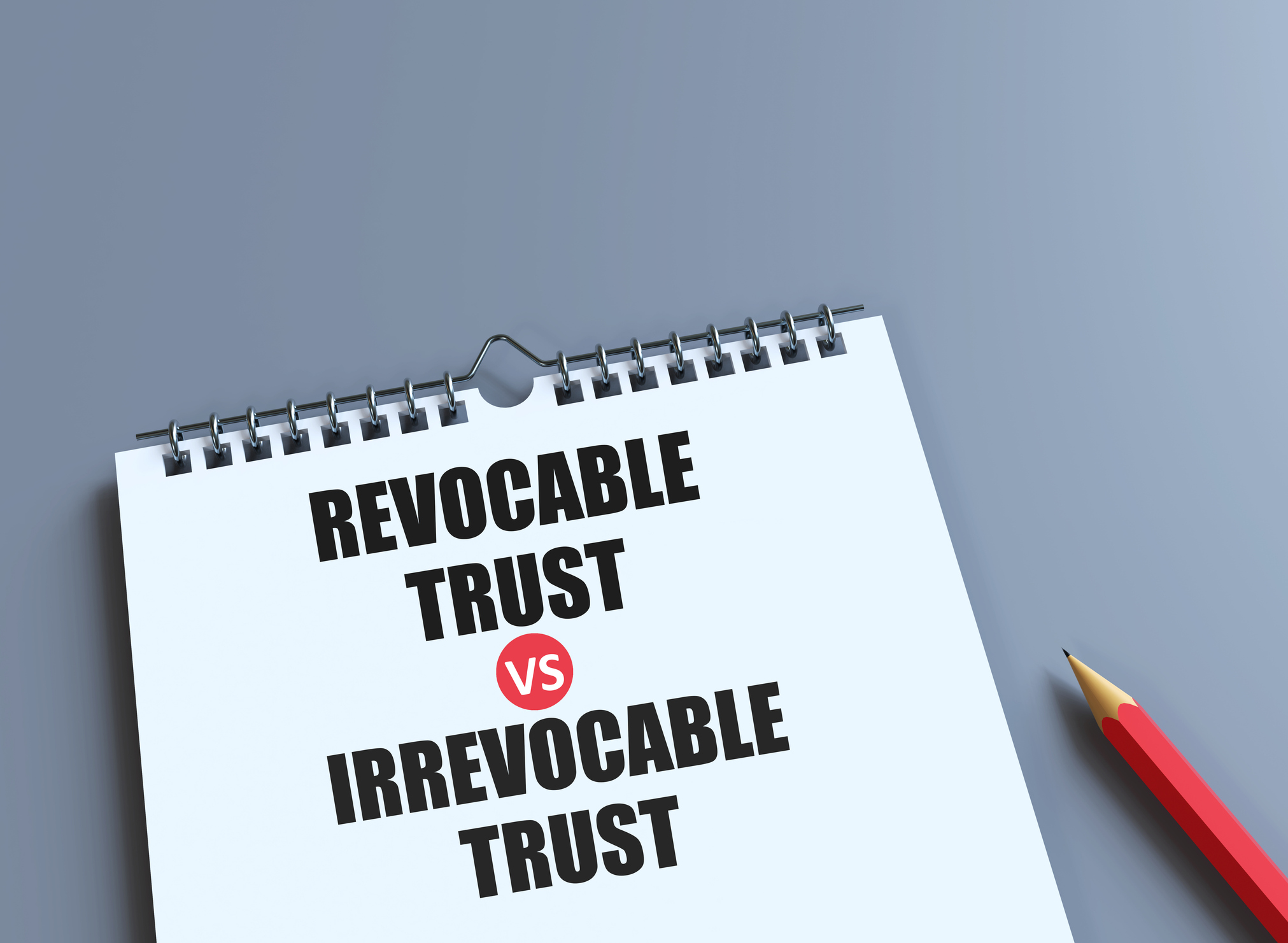A Risk-Averse Approach to Real Estate Investing
You can invest in income property in a decidedly defensive way. Here are four conservative strategies to minimize risk while you pursue income and appreciation from investment real estate.


The highest profile professional real estate developers and investors are typically those who have won big or lost big — they made their names taking oversized risks that in some cases paid off handsomely and in other cases crashed and burned.
But real estate investing isn’t just for highfliers with nothing to lose. In fact, quite the opposite is true. Investors can take a decidedly defensive approach to building wealth through real estate investing, especially given the favorable tax treatment that rewards many aspects of real estate investment. (Consult your tax adviser to learn more.) To be sure, all investments carry risk, be they stocks, bonds or hard assets like real estate, but some investment strategies are less risky than others.
I’ve taken a generally conservative approach to real estate investing with much success. These strategies are hallmarks of my approach. They’ve helped mitigate the risks of real estate ownership and investment while maximizing the potential to achieve income (positive cash flow), shelter income from tax, and realize asset-value appreciation.
From just $107.88 $24.99 for Kiplinger Personal Finance
Become a smarter, better informed investor. Subscribe from just $107.88 $24.99, plus get up to 4 Special Issues

Sign up for Kiplinger’s Free Newsletters
Profit and prosper with the best of expert advice on investing, taxes, retirement, personal finance and more - straight to your e-mail.
Profit and prosper with the best of expert advice - straight to your e-mail.
Tip #1: Avoid recession-prone, highly volatile real estate asset classes
Some asset types have demonstrated that they are much higher risk and recession-prone than others. These include hotel and lodging properties, senior housing in most of its forms, and real estate used in the production of oil and gas. Avoid these properties.
Hospitality, for example, has been hit hard by all three recessions since 2000. In 2010, following the Great Recession, U.S. hotels considered distressed by Real Capital Analytics approached 2,500 properties with total debt of $40 billion. Many investors in these properties never recovered even their principal — they lost everything. More recently, we’ve seen historic disruptions by the COVID-19 pandemic as travel both for business and leisure ground to a halt. (Marriott, as one example, had the worst quarter of its entire company history during the pandemic.)
Senior care is another sore spot, with senior housing, assisted living, long-term care facilities and nursing homes all subject to regulations that increase the risk and stability of owning and operating them. And that was even before the pandemic layered onto these types of properties the challenges of a particularly vulnerable population during a catastrophic public health crisis.
Also volatile are properties used for the production of oil and gas. Drilling and royalties from energy production are uncertain at best and highly volatile at worst. If an oil well doesn’t produce as expected despite the best due diligence, the underlying asset value can nosedive. Fluctuating oil prices from supply and demand shocks can have the same effect. Buyer beware.
Tip #2: Don’t load up on debt
It sounds contrarian and it is, actually, because it can be easy to borrow against real estate. People frequently do it to minimize their equity investment and load up on properties. But while many advisers tout the benefits of leverage, we tout the risk of leverage. Many of our clients don’t want to increase their risk profile, and since they’ve often already paid off properties — their homes and sometimes investment properties — they don’t want to go back into debt especially at a stage of life where they want to lower their potential risk and not increase it.
It’s understandable. Fortunately, there are no-leverage real estate investments available, including debt-free Delaware Statutory Trusts (DSTs). With the pandemic hovering all over the world and real estate subject to uncertainty and potential distress, a debt-free strategy can be attractive. One thing’s for sure: With private real estate offerings that are debt free with no long-term mortgages encumbering the property, there’s no risk of lender foreclosure.
This isn’t to say all debt is bad; it isn’t. But a defensive real estate investment strategy makes limited or no use of debt a priority in an effort to mitigate risk.
Tip #3: Don’t put all your eggs in one basket
Before the pandemic it was typical to see high-net-worth investors, acting independently, purchase their own properties. Post-pandemic, many investors have decided that the health crisis and economic headwinds are just too great for them to justify putting all their eggs in one basket — that is, a property or properties that they own solely.
It’s a timeless defensive strategy to diversify real estate investment capital into multiple properties in multiple geographic locations in multiple asset classes and with multiple tenants. This can be accomplished easily through a range of DST, tenant-in-common (TIC) or limited liability corporation (LLC) investments, though the tax treatment of these structures is different.
Although diversification does not guarantee profits or protection against losses, many investors are realizing that it’s just as prudent to diversify their real estate portfolios as it is to diversify their stock portfolios. For example, instead of purchasing one 100-unit property in Nashville, an investor can diversify his or her capital across 5,000 multifamily units in 15 different multifamily communities in nine different states, using DSTs. Or instead of purchasing one net lease pharmacy building for $5 million, an investor can diversify his or her capital across 12 different single-tenant net lease properties consisting of pharmacies, e-commerce industrial distribution facilities, discount stores, dialysis clinics, auto parts stores and more.
Tip #4: Co-invest with others who have similar goals and appetites for risk
It’s not mutually exclusive to be a private equity real estate investor and a co-investor — you can be both at the same time. DSTs, TICs, LLCs and qualified opportunity zone funds are among the vehicles you can co-invest in alongside others with similar goals and tolerance for risk. Plus, co-investing is inherently a more defensive play than investing solo and tying up the majority of your net worth in one single asset in one single market.
At the end of the day, you can be a defensive real estate investor by taking multiple steps to mitigate risk while pursuing a real estate investing strategy with the potential to produce monthly income and long-term appreciation.
This material does not constitute an offer to sell nor a solicitation of an offer to buy any security. There are material risks associated with investing in real estate securities, including illiquidity, vacancies, general market conditions and competition, lack of operating history, interest rate risks, general risks of owning/operating commercial and multifamily properties, financing risks, potential adverse tax consequences, general economic risks, development risks and long hold periods. There is a risk of loss of the entire investment principal. Past performance is not a guarantee of future results. Potential cash flow, potential returns and potential appreciation are not guaranteed. Securities offered through Growth Capital Services, member FINRA, SIPC, Office of Supervisory Jurisdiction located at 582 Market Street, Suite 300, San Francisco, CA 94104.
Profit and prosper with the best of Kiplinger's advice on investing, taxes, retirement, personal finance and much more. Delivered daily. Enter your email in the box and click Sign Me Up.

Dwight Kay is the Founder and CEO of Kay Properties and Investments LLC. Kay Properties is a national 1031 exchange investment firm specializing in Delaware statutory trusts. The www.kpi1031.com platform provides access to the marketplace of typically 20-40 DSTs from over 25 different sponsor companies. Kay Properties team members collectively have over 340 years of real estate experience, have participated in over $39 billion of DST 1031 investments, and have helped over 2,270 investors purchase more than 9,100 DST investments nationwide.
-
 3 Major Changes to the Charitable Deduction in 2026
3 Major Changes to the Charitable Deduction in 2026Tax Breaks About 144 million Americans may qualify for the 2026 universal charity deduction, while high earners face new IRS limits. Here's what to know.
-
 Where to Stash Cash as Yields Fall, According to Advisers
Where to Stash Cash as Yields Fall, According to AdvisersYour best options depend on how soon you'll need the money and your tolerance for risk.
-
 Control vs Protection Quiz: Which Trust Do You Need?
Control vs Protection Quiz: Which Trust Do You Need?Quiz Take this simple quiz to discover whether a revocable or irrevocable trust should be the cornerstone of your estate plan.
-
 I'm a Financial Pro: You Really Can Make New Year's Money Resolutions That Stick (and Just Smile as Quitter's Day Goes By)
I'm a Financial Pro: You Really Can Make New Year's Money Resolutions That Stick (and Just Smile as Quitter's Day Goes By)The secret to keeping your New Year's financial resolutions? Just make your savings and retirement contributions 100% automatic.
-
 Domestic vs Offshore Asset Protection Trusts: A Basic Guide From an Attorney
Domestic vs Offshore Asset Protection Trusts: A Basic Guide From an AttorneyLearn the difference between domestic asset protection trusts and foreign or offshore asset protection trusts to help you decide what might work best for you.
-
 As We Age, Embracing Our Own Self-Doubt Can Be a Gift: A Cautionary Tale About Elder Financial Abuse
As We Age, Embracing Our Own Self-Doubt Can Be a Gift: A Cautionary Tale About Elder Financial AbuseAn aging couple hired a company that illegally required large deposits, and then they decided to stick with the company even after an employee stole from them.
-
 Now That You've Built Your Estate Planning Playbook, It's Time to Put It to Work
Now That You've Built Your Estate Planning Playbook, It's Time to Put It to WorkYou need to share details with your family (including passwords and document locations) and stay focused on keeping your plan up to date.
-
 I'm a Wealth Adviser: These 10 Strategies Can Help Women Prepare for Their Impending Financial Power
I'm a Wealth Adviser: These 10 Strategies Can Help Women Prepare for Their Impending Financial PowerAs women gain wealth and influence, being proactive about financial planning is essential to address longevity and close gaps in confidence and caregiving.
-
 I'm a Financial Planning Pro: This Is How You Can Stop These 5 Risks From Wrecking Your Retirement
I'm a Financial Planning Pro: This Is How You Can Stop These 5 Risks From Wrecking Your RetirementYour retirement could be jeopardized if you ignore the risks you'll face later in life. From inflation to market volatility, here's what to prepare for.
-
 Are You Hesitating to Spend Money You've Spent Years Saving? Here's How to Get Over It, From a Financial Adviser
Are You Hesitating to Spend Money You've Spent Years Saving? Here's How to Get Over It, From a Financial AdviserEven when your financial plan says you're ready for a big move, it's normal to hesitate — but haven't you earned the right to trust your plan (and yourself)?
-
 Time to Close the Books on 2025: Don't Start the New Year Without First Making These Money Moves
Time to Close the Books on 2025: Don't Start the New Year Without First Making These Money MovesAs 2025 draws to a close, take time to review your finances, maximize tax efficiency and align your goals for 2026 with the changing financial landscape.